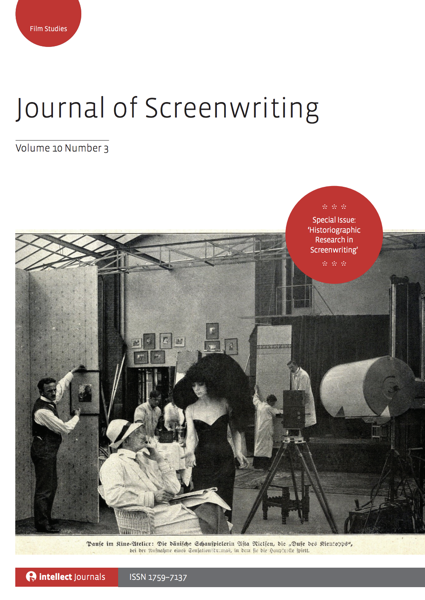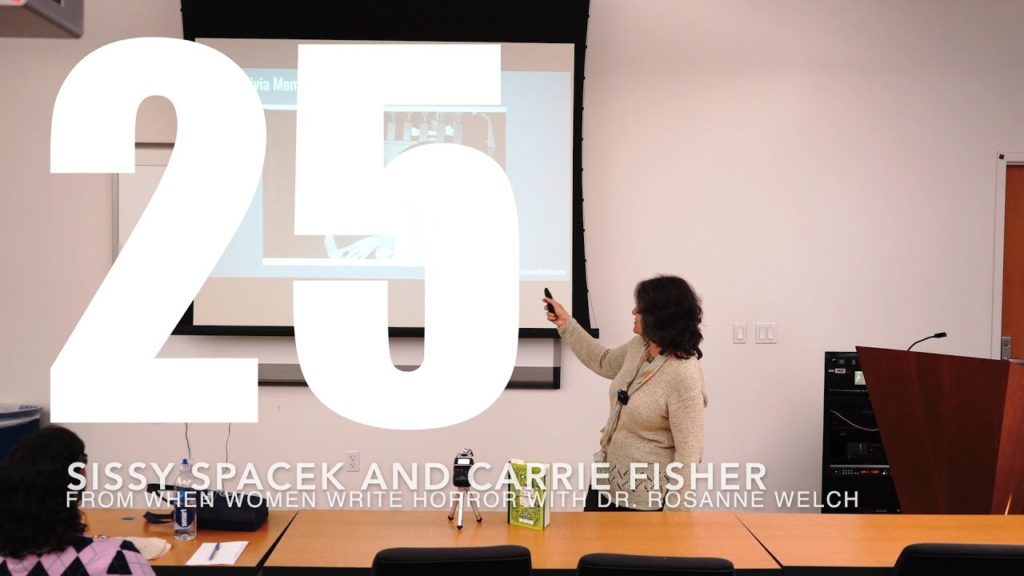Watch this entire presentation
Subscribe to Rosanne’s Channel and receive notice of each new video!
Transcript:
Now one of the things we have to think about — side note — when we think about horror movies again — is what they’re telling us. In this movie, as we know, spoiler alert, he’s the bad guy. Anthony Perkins was gay and by casting him they knew the audience would feel awkward about him. there would be something wrong with him They didn’t have to say what it was. They just knew society would find him wrong and so they cast him as the bad guy right? And so under all of this, what we’re saying is you can’t trust gay men. They’re dangerous. Don’t be near them. That’s the underlying concept behind Psycho. So I think that’s really — I have to think about what are the messages we’re getting from the stuff we’re watching and the stuff we’re reading and how do we counter those if they’re messages that we don’t want to have but it’s a good movie. It’s a good movie but have to think about that.
A Note About This Presentation
A clip from my keynote speech at the 10th Screenwriters´(hi)Stories Seminar for the interdisciplinary Graduation Program in “Education, Art, and History of Culture”, in Mackenzie Presbyterian University, at São Paulo, SP, Brazil, focused on the topic “Why Researching Screenwriters (has Always) Mattered.” I was especially pleased with the passion these young scholars have toward screenwriting and it’s importance in transmitting culture across the man-made borders of our world.
To understand the world we have to understand its stories and to understand the world’s stories we must understand the world’s storytellers. A century ago and longer those people would have been the novelists of any particular country but since the invention of film, the storytellers who reach the most people with their ideas and their lessons have been the screenwriters. My teaching philosophy is that: Words matter, Writers matter, and Women writers matte, r so women writers are my focus because they have been the far less researched and yet they are over half the population. We cannot tell the stories of the people until we know what stories the mothers have passed down to their children. Those are the stories that last. Now is the time to research screenwriters of all cultures and the stories they tell because people are finally recognizing the work of writers and appreciating how their favorite stories took shape on the page long before they were cast, or filmed, or edited. But also because streaming services make the stories of many cultures now available to a much wider world than ever before.
Many thanks to Glaucia Davino for the invitation.
* A portion of each sale from Amazon.com directly supports our blogs
** Many of these books may be available from your local library. Check it out!
† Available from the LA Public Library
Podcast: Play in new window | Download
Subscribe: RSS
![30 The “Final Girl” Trope from When Women Write Horror with Dr. Rosanne Welch [Video] (43 seconds)](https://rosannewelch.com/wp-content/uploads/2020/09/rmw-cpp-horror-30.png)

![29 Unspoken Messages in Film from When Women Write Horror with Dr. Rosanne Welch [Video] (53 seconds)](https://rosannewelch.com/wp-content/uploads/2020/09/rmw-cpp-horror-29.png)
![27 The Exorcist from When Women Write Horror with Dr. Rosanne Welch [Video] (25 seconds)](https://rosannewelch.com/wp-content/uploads/2020/09/rmw-cpp-horror-27.png)
![26 Jamie Lee Curtis from When Women Write Horror with Dr. Rosanne Welch [Video] (47 seconds)](https://rosannewelch.com/wp-content/uploads/2020/09/rmw-cpp-horror-26.png)
![25 Sissy Spacek and Carrie Fisher from When Women Write Horror with Dr. Rosanne Welch [Video] (48 seconds)](https://rosannewelch.com/wp-content/uploads/2020/08/rmw-cpp-horror-25-1200x675.jpg)
